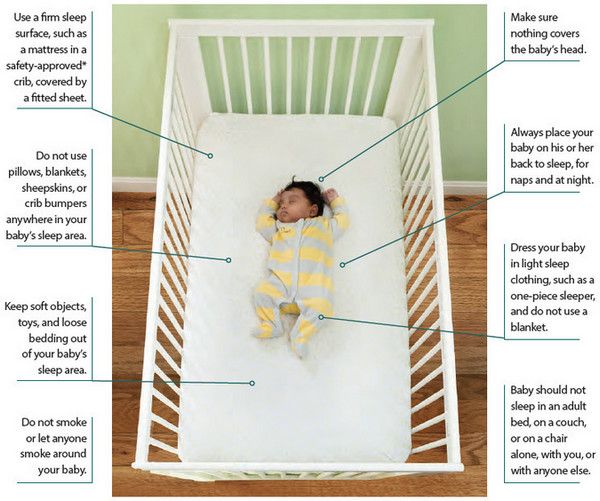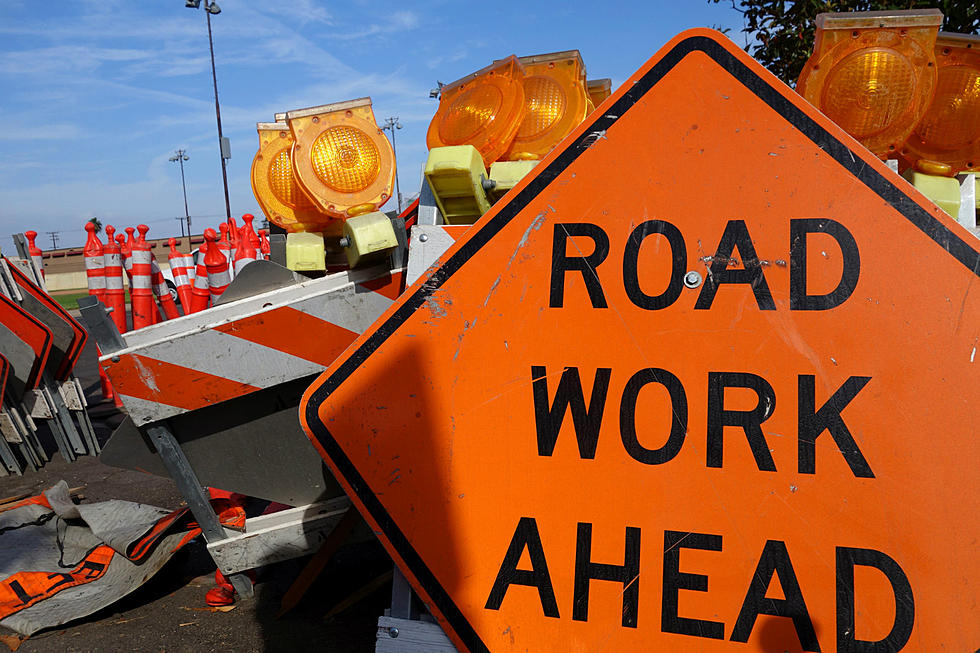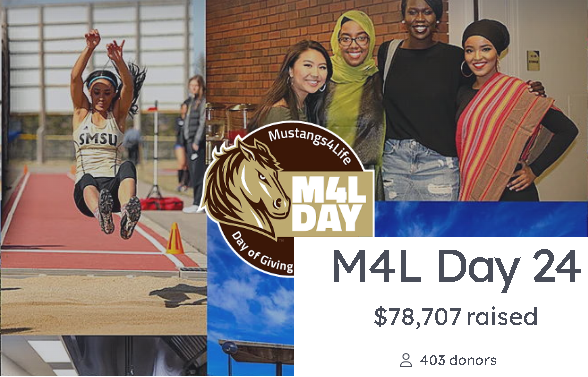PRESS RELEASE
For Minnesota’s Infant Safe Sleep Week, the Minnesota Department of Health (MDH) is encouraging parents and caregivers to tune into what pediatricians are saying about the best ways to keep babies sleeping safely.
For the first time in five years, the American Academy of Pediatrics (AAP) in June updated its safe sleep recommendations for preventing unexpected deaths for children up to 1 year old. The recommendations continue to support the ABCs of safe sleep:
- ALONE: Infants should always sleep or nap alone – not sharing beds or cribs with others.
- BACK: Always put a baby on their back to sleep or nap.
- CRIB: Babies should always sleep or nap in their own safety-approved crib, play yard, bassinet, or portable crib without blankets or pillows. To keep warm during Minnesota winters, parents are urged to dress babies in pajamas or other clothing appropriate for the temperature.
In addition, for the first time, the AAP recommendations recognized cradleboards, used by some American Indian communities, as a culturally appropriate infant sleep surface, according to the AAP. Caregivers should be careful not to overly bundle the infant in a cradleboard, causing the baby to overheat.

“If we’ve learned anything, it’s that simple is best. Parents can keep their babies safe by remembering their ABC’s. Their baby should sleep, Alone, on their Back, and in a Crib or bassinet without soft toys, pillows, bumpers or blankets,” said Dr. Andrew Kiragu, past president of the Minnesota chapter of the American Academy of Pediatrics and a co-chair of the chapter’s child safety caucus.
Research continues to show that bed-sharing raises the risk of a baby’s injury or death, according to the AAP recommendations. Risks of sleep-related death increase five to 10 times when sleeping on the same surface with someone else when an infant is under 4 months of age. The risk goes up when the co-sleeper is impaired by fatigue, alcohol, or drug use. Additionally, couch sleeping is very risky. The risks of sleep-related infant deaths are up to 67 times higher when an infant is sleeping with someone on a couch, soft armchair or cushion, the AAP said.
Parents can also save their money and avoid cardiorespiratory monitors, as there’s no evidence they reduce the risk of unexpected infant deaths, according to the recommendations. Parents should also reject head-shaping pillows and weighted blankets, weighted sleepers, weighted swaddles, or other weighted objects on or near a sleeping infant as they can create an unsafe sleeping space.
Minnesota Data
Minnesota’s most recent data from 2020 showed fewer unexpected deaths, 33, than in an average year, according to MDH research. Between 2014 and 2020, Minnesota averaged 47 unexpected infant deaths each year, where Minnesota babies died suddenly and unexpectedly. Nearly all those tragic deaths happened in unsafe sleep environments. There is some evidence that Minnesota parents and caregivers are ensuring safer sleep spaces, increasingly putting babies to bed without soft objects and bedding. In 2020, 64% of mothers reported not using soft bedding, compared to 48% in 2016, according to data collected through monthly surveys with new mothers through the Minnesota Pregnancy Risk Assessment Monitoring System (MN PRAMS).
Nationally, about 3,500 infants die from sleep-related infant deaths a year in the United States, according to the AAP. The annual number of deaths has remained about the same since 2000 after a substantial decline in deaths in the 1990s attributed to public health campaigns encouraging parents and caregivers to put babies to sleep on their backs.
View the full press release here.



